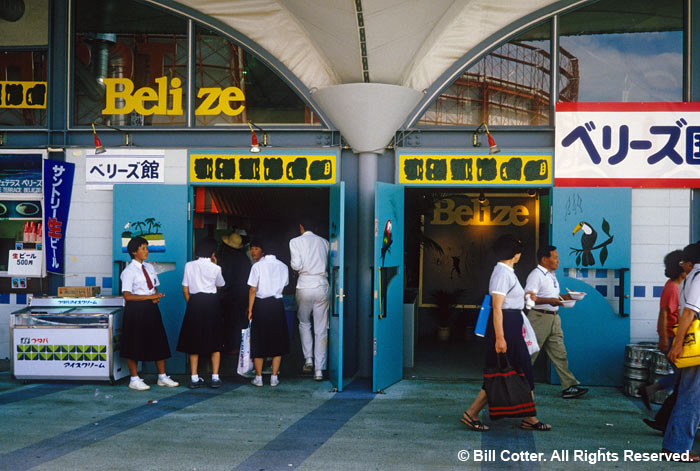Belize
"Mayan Civilization and Belize"
Belize faces the Caribbean Sea at the base of the Yucatan Peninsula, with a huge coral reef near its shores. A very young country, it became independent in 1981. Forestry is the main industry, and Belize has been exporting logwood, a raw material for dyestuffs, since early times. A very young country, it became independent in 1981. With a land area of 22,960 km², most of the country is covered with dense tropical jungle. Forestry is the main industry, and Belize has been exporting logwood, a raw material for dyestuffs, since early times. Today, agriculture is developing with the cultivation of sugar, citrus fruits, rice, and tobacco.
THE MAYAN CALENDAR The people who first came to the ideal environment of Belize, living from agricultural and fishing skills, were probably the first in the Mayan area to cultivate corn. Belize may therefore be called a cradle of Mayan civilization, with more than 20 historic ruins still to be explored. At the beginning of the 17th century, the British settled in the area and Belize became part of the British Empire.
In the pavilion, with its theme Mayan Civilization and Belize, relics are displayed, and panels detail Mayan temple architecture that remains cause for admiration even today. The Mayan's advanced knowledge of astronomy is shown to be not too different from the level of knowledge produced by computers today. Be sure to visit the Fortune-telling Corner where an ancient Japanese fortune-telling method, input into the computer, is utilized to tell your fortune.

Belize was one of several nations haring a common building. Colorful images of parrots and beaches helped attract visitors inside to learn more about the country, A small snack bar just outside the entrance billed as "Terrace Belize" offered a decidely non-native beverage - Coca-Cola. (CD #5 Set 10 #1)
